
This plant here shown is one of the most beautiful Dyckia species plant and proves Dyckias are not like same value coins. Once you see one you saw all of them. No, Dyckias are not like this.
Dyckias my present a large array of faces among the very same species individuals and I mean not just differences induced or promoted by environment forces like terrain and light and wind or temperature. Botany does not like to deal with challenges and has simplified things. Nature loves to disagree. These two plants here shown live side by side in nature and they are different things,notice the difference between them.
This one here show is something to take your breath away in terms of beauty. Imposing rosettes, wine /rose colored ones and not due to any suffering. Large silver stripes edge all borders and the underleave surface is white, pure shinning white. Spines are purple.
This individual here shown is recovering from cold burns. It is November now and I thing the plant will be perfect around the end of our southern Summer in April.
Here you have just a clue of what it really is, a glimpse of its true beauty.

Here one can see both plants.
The narrow leaved one is what we have seen as Dyckia reitzii rubra. Rubra means dark red and
not just dark. These plants are quite different from one another, aren´t they?

In nature they live this close to one another.
The flowers are very, very, very similar and the floral structures are the same but there is something quite intriguing here. The narrow leafed plant blooms during Autumn and the broad leafed one presents its flowers during Summer. Dyckias are all endangered and some more than others but what put them into risk is our fail to know them and understand them. The pristine weather, the ideal climate for Dyckias is long ago gone.
They are all leftovers from a distant past. They are all settler plants and once their role is fulfilled they perish. They bring the trees and they suffocated the Dyckias in shadow. Dyckias make the soil needed for the trees. Araucaria or pine trees love the acid organic soil buit by Dyckias. Contrary to Africa we here had no graminea field, no large herbivores and no big carnivores ´cause we failed to have grassy plains. We had Dyckia fields. Dyckia originated in Rio Grande do Sul. The ancient Dyckias, the oldest ones are in Northern Rio Grande do Sul and South in Santa Catarina. A modern Dyckia, for instance, is the large spread leptosthachia . The oldest Dyckias produce many thousand tiny flowers like Dyckia frigida, nigrospinolata...
In Brazil we know a Dyckia scientist Dr. Walter Krantz, he is the living Dyckia connoisseur and maybe we shall write a two hands book on Dyckias.

Here also we can see some cold burn and damages caused by the intense cold the plant was exposed to.
Notice Dyckia reitzii is one of the most cold resistant ones. This plants were exposed to temperatures way down bellow freezing, something around -12 Centigrade. Yes, Brazil!!! Reitzii just habits Southern mountains tops and may be deep cold in there. Frosts may occur even during summertime!






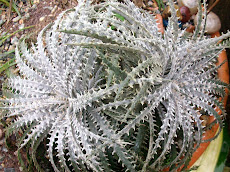



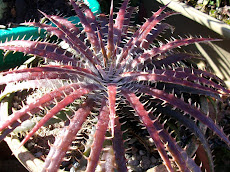
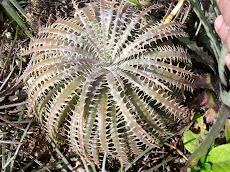
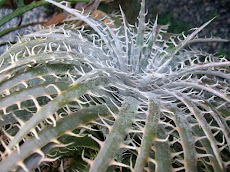

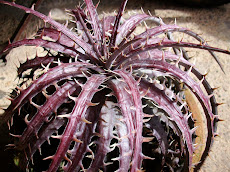

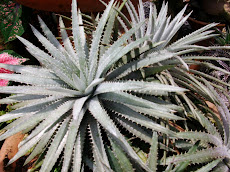

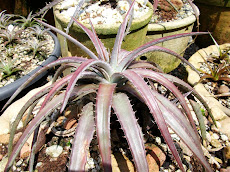
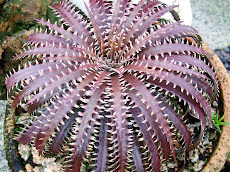

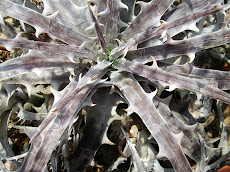
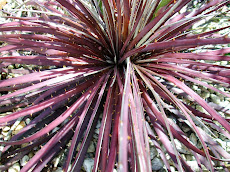
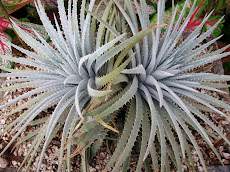
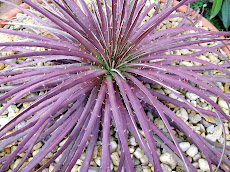
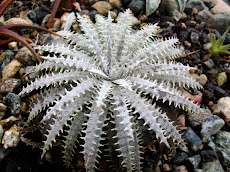
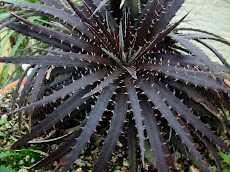
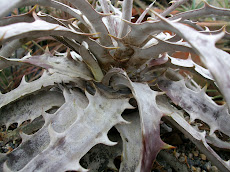
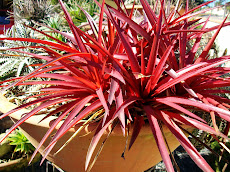
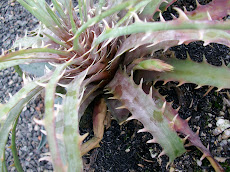

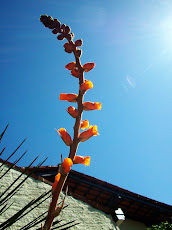
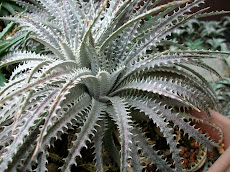

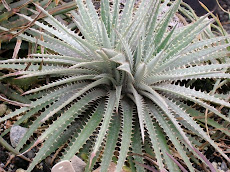

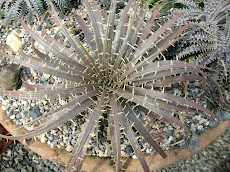

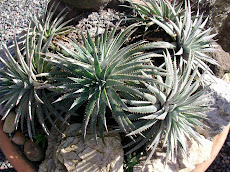
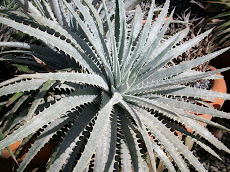

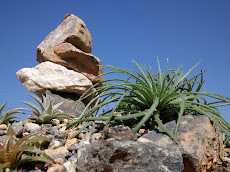
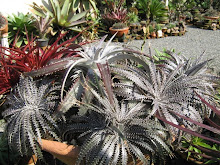
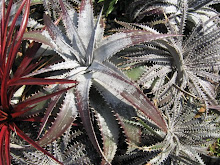
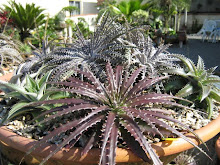
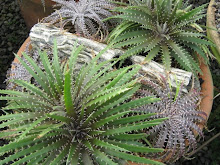
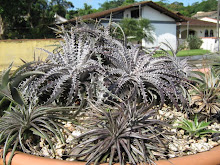
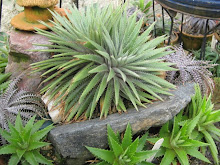

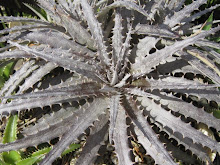
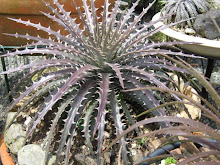
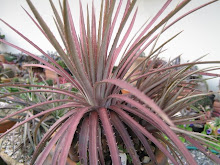

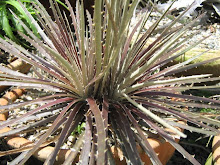
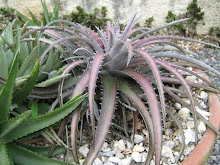
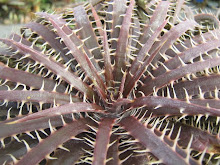



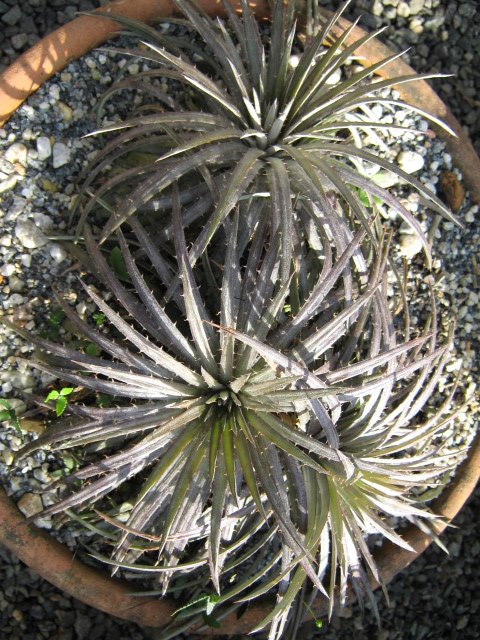
No comments:
Post a Comment